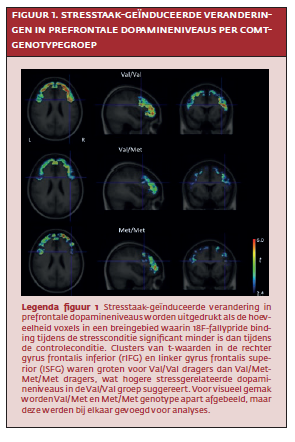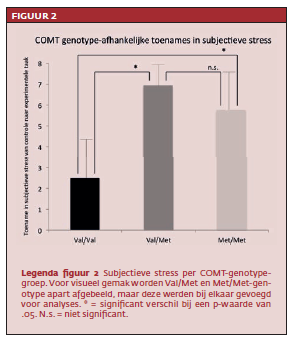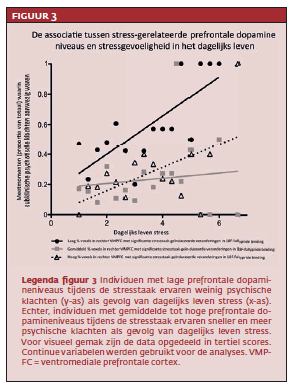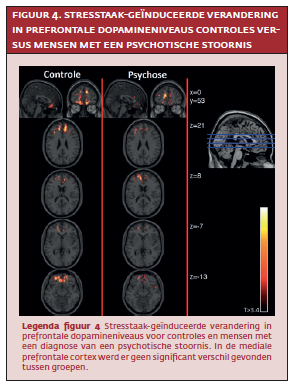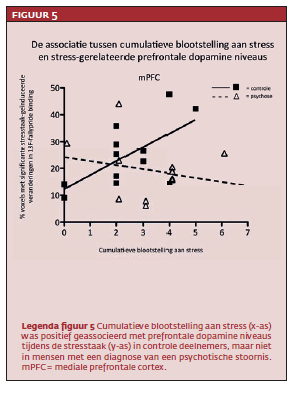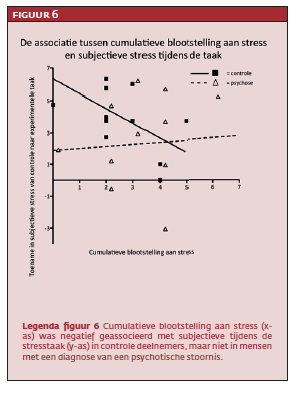Introductie
Denk eens terug aan een belangrijke gebeurtenis in uw leven; iets dat grote indruk maakte. Kunt u zich herinneren hoe u zich toen voelde? Het is goed mogelijk dat u gestrest was. Misschien spanden uw spieren zich onbewust aan, ging uw hart tekeer en produceerde uw bijnierschors op volle kracht stresshormonen. Al uw energie en aandacht was waarschijnlijk gericht op die éne belangrijke gebeurtenis.
Deze totaalsom aan lichamelijke activiteit staat bekend als de ‘vecht- of vluchtreactie’. Die reactie wordt uitgelokt wanneer een gebeurtenis als ‘stressvol’ of ‘bedreigend’ wordt geïnterpreteerd (Sapolsky, 1998)21. Dit neurobiologische mechanisme speelt een essentiële rol in het faciliteren van onze stressreactie: vluchten, vechten en alles daartussenin.
Eén blik op de literatuur is al voldoende om te beseffen dat niet enkel ontzettend grote, maar ook normale, alledaagse, situaties of gebeurtenissen deze stressreactie kunnen uitlokken. Pijn (Vachon-Presseau et al., 2013)23, werkdruk (Eller, Netterstrom & Hansen, 2006)7, en stedelijke omgevingen (Lederbogen

